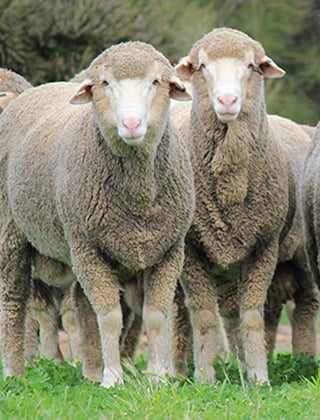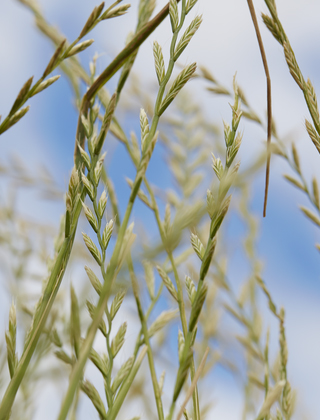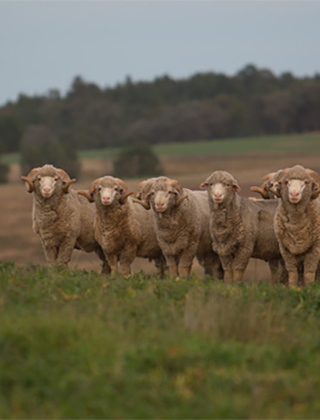Welcome to Australian Wool Innovation, a hub for the woolgrowers of Australia.
Not a woolgrower? Looking for information about wool products, wool care or wool processing?
The Woolmark Company is the global authority on wool. Visit Woolmark.com instead.
Merino Superior Sires No 30 now available
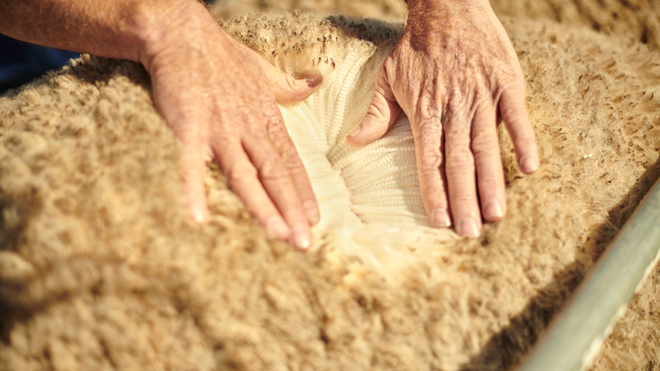
Having commenced providing services to ram breeders and commercial woolgrowers alike in 1989, Merino Sire Evaluation continues to grow in Australia. The 30th edition of the annual Merino Superior Sires publication demonstrates the volume, quality and diversity of the sires that are entered.
2024 marks the release of the 30th edition of the sought-after industry resource Merino Superior Sires. Published annually by the Australian Merino Sire Evaluation Association (AMSEA), Merino Superior Sires details both the measured and visual performance of well over 400 sires entered at any one of the 12 Merino Sire Evaluation sites operating across Australia.
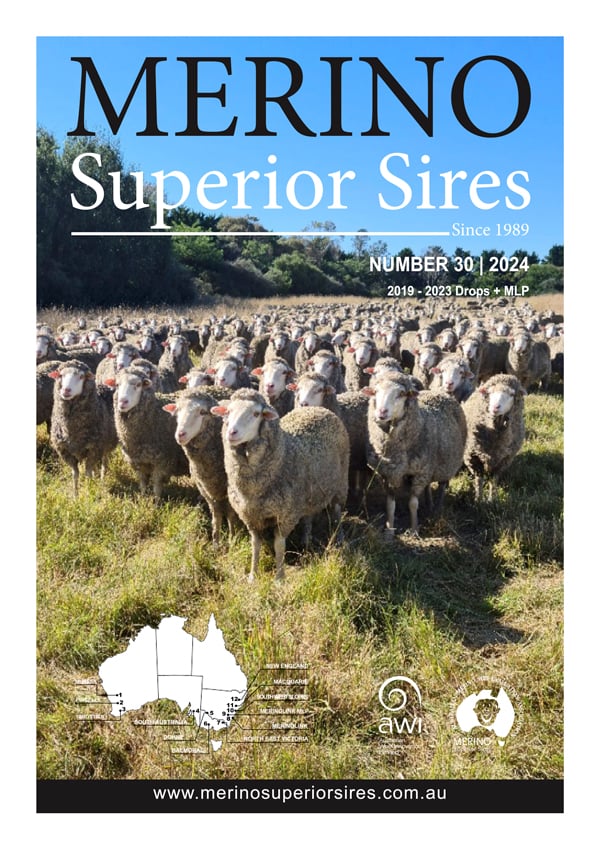
Published in Merino Superior Sires are Australian Sheep Breeding Values (ASBVs) for a wide range of both measured and visually classed traits that are collected as part of the rigorous and independent assessment program that AMSEA oversees through its network of industry managed sites. In addition, an independent Classer’s Grade is also reported giving users an insight into the conformation and wool quality traits that are not expressed through an ASBV.
One of the key features of Merino Sire Evaluation is that sites carry out assessments at the hogget or adult stage. This is significantly later compared to many on farm assessments and adds accuracy and robustness to the results published.
A major change to Merino Superior Sires in 2024 is the inclusion of the four new MERINOSELECT Indexes. The Fine Wool (FW), Wool Production (WP), Sustainable Merino (SM) and Merino Lamb (ML) indexes, which were released earlier this year, are important tools to help drive genetic improvements. Each of these indexes combine multiple traits, or ASBVs, into a single value that reflects a certain production emphasis on these traits. Collectively, these traits make up the breeding objective of the index which aims to improve profitability in commercial sheep enterprises.
The four indexes provide for a range of breeding objectives that are common across sheep breeding programs.
- Fine Wool (FW) – The majority of the income is from the wool clip, with a strong focus on reducing micron.
- Wool Production (WP) – The majority of the income is from the wool clip, with a strong focus on increasing wool production.
- Sustainable Merino (SM) – The majority of the income is from the wool clip, and sheepmeat production is balanced.
- Merino Lamb (ML) – The majority of the income is from sheepmeat production, particularly lambs, with some income from the adult ewe wool clip.
Each of these new indexes is reported on every sire entered as well as in the Top 50 reports, which rank sires for each of the indexes alongside a range of relevant traits. In a sign of the genetic gain being made in the industry, many of the sires ranked are young sires that are being published in Merino Superior Sires for the first time.
Once again this year, a number of additional reports have also been released exclusively via the Merino Superior Sires website in conjunction with the online and hardcopy Merino Superior Sires 30. The Top 20 highly used sires has once again been published, along with an All Time Top 50 for each of the four new MERINOSELECT indexes which includes rams from the past 30 years of sire evaluation trials.
Merino Superior Sires No 30 is available for download at www.merinosuperiorsires.com.au or in hard copy by contacting merinosuperiorsires@bcsagribusiness.com.au
More information: Ben Swain, AMSEA Executive Officer, 0427 100 542, ben.swain@bcsagribusiness.com.au
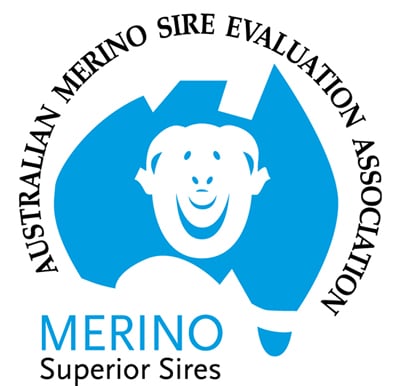
This article appeared in the December 2024 edition of AWI’s Beyond the Bale magazine. Reproduction of the article is encouraged.






